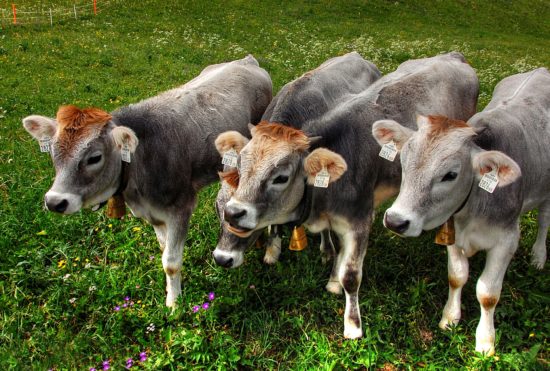Flattening Patterns of Antimicrobial Resistance Levels in Indicator E. coli in Dutch Livestock
A large analysis of more than 12,000 Escherichia coli isolates collected from Dutch broilers, fattening pigs and veal calves between 2010 and 2023 shows that, although antimicrobial resistance (AMR) in livestock declined sharply during the first years of the Netherlands’ antibiotic-reduction policies (2010–2018), progress has largely stalled in the more recent 2019–2023 period. Resistance against several key antibiotic classes—tetracyclines, aminopenicillins, trimethoprim and ciprofloxacin—stopped decreasing and in some cases even stabilised at relatively high baseline levels, despite continued reductions in antibiotic use. These findings suggest that AMR dynamics in livestock are influenced by additional factors beyond antibiotic consumption alone, such as persistent resistant strains, environmental reservoirs, farm-level practices, or transmission between animals. The study highlights that while early policy measures were effective, new strategies are now needed to further reduce resistance and protect animal, environmental and human health.
AMR NEWS
Your Biweekly Source for Global AMR Insights!
Stay informed with the essential newsletter that brings together all the latest One Health news on antimicrobial resistance. Delivered straight to your inbox every two weeks, AMR NEWS provides a curated selection of international insights, key publications, and the latest updates in the fight against AMR.
Don’t miss out on staying ahead in the global AMR movement—subscribe now!






